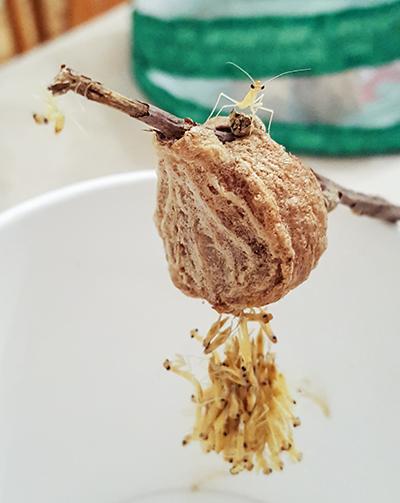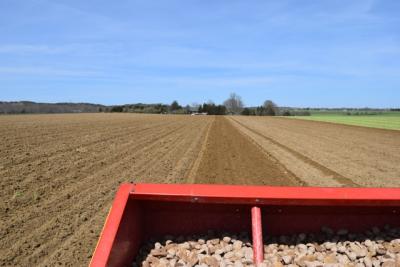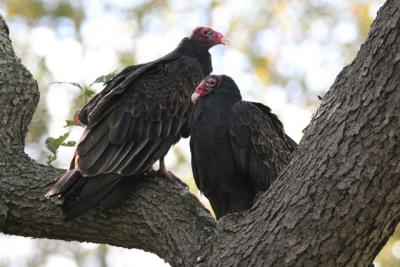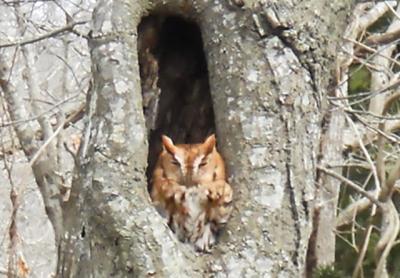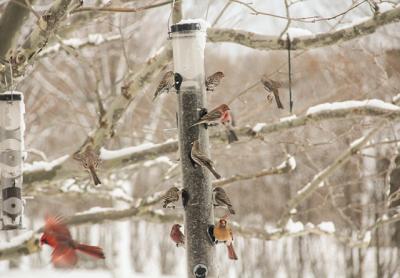Nature Notes: Eelgrass Imperiled
Nature Notes: Eelgrass Imperiled
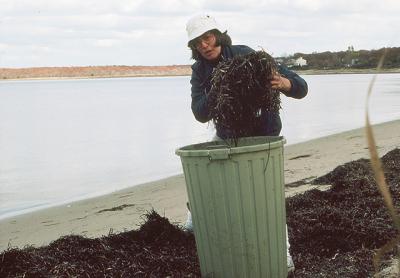
Are there flowering plants that live in the seas? Yes, they are called sea grasses because, like land grasses, they are monocots, plants that only display a single leaf upon emerging from the seed.
If you stoop down and look at an acorn seedling coming from the rooted acorn, you will see a tiny stem with a pair of similar leaflets facing out in opposite directions. The majority of flowering plants — the ones in your gardens and the trees and shrubs in the forest — are dicots. In salt marshes and shallow tidal water bodies, monocots greatly outnumber dicots.
The most common of the sea grasses belong to the genus Zostera, and the most common of the Zostera species is the one we treasure so highly locally, Zostera marina, or eelgrass. Of all sea grasses this one has the widest world distribution. It is found on both American coasts, in the Mediterranean and Black Seas, and elsewhere throughout the world’s oceans. Almost all plants are autotrophic, and eelgrasses are no different. They require sunlight, water, and carbon dioxide to make energy for growth and reproduction. The deeper the marine habitat, the less light penetration, thus eelgrasses are coastal as are most marine algae.
There may be no more important species in the world than eelgrass for providing food, cover, and other niches for vertebrates and invertebrates. Sea turtles, geese, fish, dudongs, and small crustaceans feed on it. Bay scallops, crabs, fish, and other animal life live in it. It is the keystone species for much shallow-water marine life. A healthy bay bottom is one with a healthy cover of eelgrass. Locally, all of Long Island’s tidal waterways were in large part once covered with eelgrass.
In 1931 a wasting disease, in the form of a slime mold, struck the waters bathing Long Island and the rest of our Atlantic Coast. There was close to a 100-percent die-off of eelgrass. But, as in most other such eat-and-be-eaten situations, once the prey species is eliminated, so follows the elimination of the predator.
Eelgrass made a spectacular, if slow, comeback, and by the mid-1960s, it was so common that it almost became a nuisance, clogging waterways and making it difficult for powerboats to get around, and using up all of the available oxygen in the water.
As the eelgrass came back, so did the bay scallop population, so winter flounders and blue-claw crabs throve as well. Lake Montauk, Northwest Creek, Three Mile Harbor, Accabonac Harbor, and Hog Creek were chockablock full of eelgrass and associated marine life. It was a bayman’s paradise, but also a high time for the recreational fisher. When I started working for the Town of East Hampton in 1983, neither eelgrass nor its tasty inhabitants was in short supply.
But then, in 1985, all of a sudden the bay waters became broadly discolored. A new phytoplankton entered the scene, a brown algae species. The waters became opaque, sunlight barely reached the bottom, oxygen levels were greatly reduced, and there was a massive die-off of local eelgrass beds. Coincidentally, scallop harvests dropped off to almost zero. Only Napeague Harbor was spared, mainly, because its two inlets allowed for ample in-and-out tidal water and it was shallow enough to have sufficient light reach the bottom. While the attenuated bay scallop die-off was felt throughout the Peconics, Napeague’s scallops survived, if barely, and once the waters cleared, restarted the local population.
By 1995, the eelgrass situation was so dire that we enlisted Cornell Cooperative Extension of Suffolk County to help us plant back the eelgrass population, using stock from plants that had survived in Napeague Harbor. A few of the transplants — one in Three Mile Harbor — took, but year after year efforts were generally to no avail. Napeague’s stocks held out and in the early years of the new millennium the East Hampton Town Trustees declared the Napeague beds an eelgrass sanctuary. They were marked off by buoys, and shellfishing in them was discouraged.
At the same time, and for some unknown reason, Hog Creek’s bottom was covered with a rich lawn of eelgrass. A few years ago, that population crashed as well. Three Mile Harbor’s remaining bed off the Duke estate and Springy Banks on the west side was gone by 2008.
The layman can get an idea of the health of local eelgrass beds without resorting to aerial photography, underwater videography, or visual inspection by simply walking the bay beaches in the fall and winter. That is when seaweeds and eelgrass plants wash up en masse. In olden days, there was so much dead, drying eelgrass on the beach that it was gathered up by the cartload and used for insulation in houses, put on planting beds to enhance growth as a mulch, even fed to livestock as a kind of hay.
In the age before plastic, fiberglass, and asbestos, dried eelgrass was the insulation of choice.
The slime mold did not do the eelgrass in this time around; it was several factors, notably a lack of light penetration, but also storms, pollution, and phytoplankton blooms. In March of 1984 there was a terrific northeaster that brought carnage to the shores of East Hampton all the way out to Montauk Point. Could that have been the trigger for the 1985 die-off? Large-scale roiling of bottom sediments during such storms changes the nature of the waters overnight and is hard on algae, eelgrass, scallops, and other marine organisms.
Springy Banks in East Hampton was once occupied by the local Native Americans. These days the only bit of Native-American lore left in that area is Wigwam View Lane. It gets its name from freshwater springs situated along the shore below the banks. This fresh water now contains a lot of nitrogenous chemicals that come from the septic systems of all of the houses on top of the banks and the hillside between the harbor and Springy Banks Road. Eelgrass does not do well in waters tainted by human waste products.
Then there is Northwest Creek, with very few houses around it and much less septic waste input than Three Mile Harbor. Yet this shallow-bottom waterway was one of the first to lose all of its eelgrass in the 1980s and remains bereft of eelgrass today.
Some say global warming is to blame for the die-off that now plagues both the Pacific and Atlantic Coasts. In the summer of 2016 I made a quick survey of local bay eelgrass beds from Montauk to the Shinnecock Canal. There was one area where I found a huge amount of fresh eelgrass washed up — near the inlet of Bullhead Bay in Southampton.
Could this spot be the spawning ground of an eelgrass comeback? Sebonac Creek and Scallop Pond at its upper end, once rich with both eelgrass and bay scallops alike, is close by.
Don’t hold your breath.

